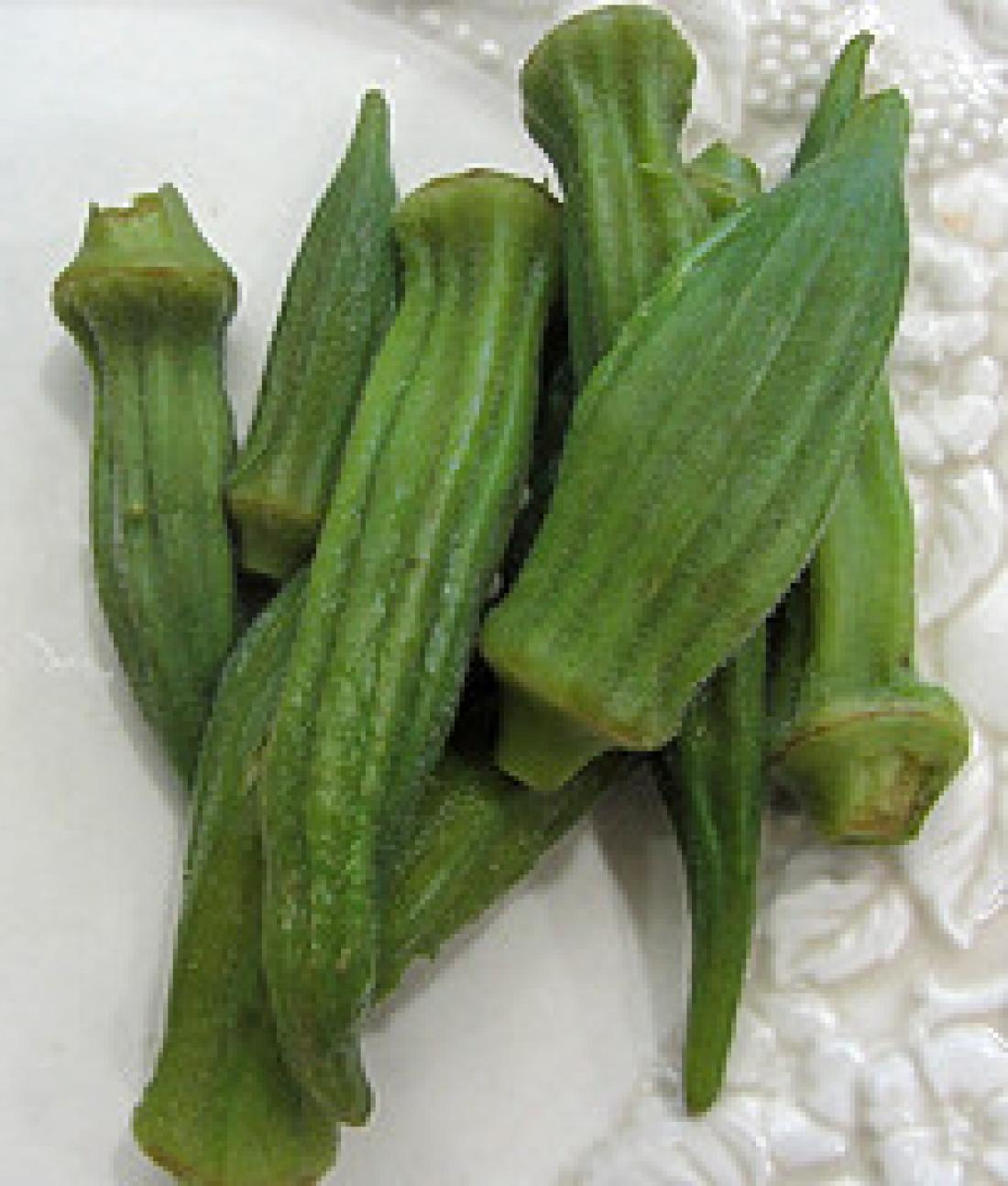Abelmoschus esculentus (AE) is one the natural plant that has been used to manage diabetes
Numerous studies have been carried out on AE but not much report is available on the bioactive properties of AE despite its wide usage as a medicinal plant. This study attempts to find out the hypoclycemic effects of AE, known as Okra (lady’s finger),a flowering plant in the mallow family and is cultivated in tropical and warm temperate regions around the world.
The researchers investigated differential expression of diabetic-specific genes in liver tissues of streptozotocin (STZ)-induced diabetic mice in response to AE treatment. Induced mice were divided into two groups (i) mice (n=4) were given distilled water and were set as a control, and ii) mice (n=4) were treated with 250 mg/kg of AE.
Three diabetes-specific genes of interest; carboxylesterase 2 (CES2), stearoyl-Coenzyme A desaturase 1 (SCD1) and insulin-like growth factor 1(IGF1) were selected and the expression levels of these genes were examined quantitatively. The results showed SCD1 and IGF1 were upregulated at 3.94 and 1.17 fold respectively and CES2 was downregulated at – 1.92.
This molecular study revealed the anti-diabetic properties of the AE and suggests that the extract could be developed as a prospective phytomedicinal plant. However, the researchers indicated that the physiological status of each rat may give different results with different interpretation.
The researchers suggest that future studies should involve larger array of genes analysis system, for example using microarray as a tool to reveal the molecular mechanism of the hypoglycemic properties of AE.
The findings in this experiment revealed the changes in gene expression that may relate to the underlying mechanism of diabetic pathophysiology, suggesting a new potential target for drug discovery. Knowledge gained from this may be used to develop a new research which could enable researchers to extract the pure compound that actually demonstrated the hypoglycemic effect in diabetic mice.
INDAH BINTI MOHD AMIN
Email: [email protected]
NURHAYATI BINTI MOHD ZAIN
Email: [email protected]
Email: KALESWARI SOMASUNDRAM
[email protected]
Universiti Teknologi MARA, Malaysia.



